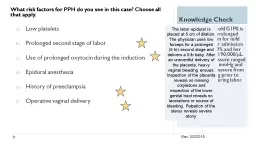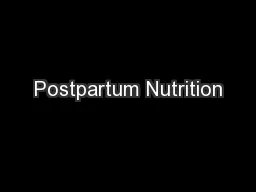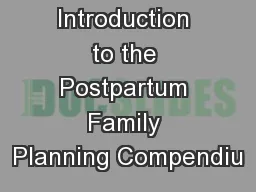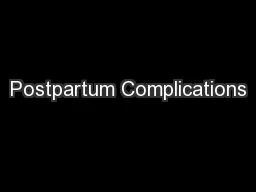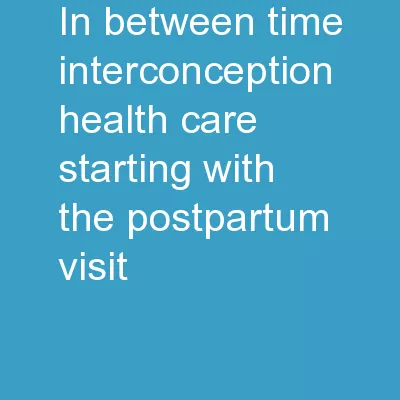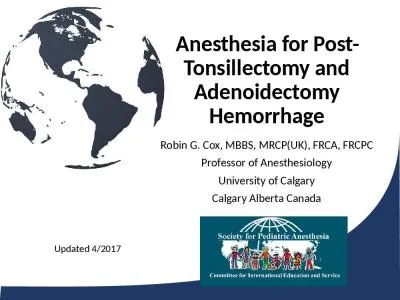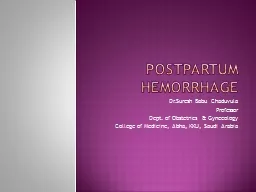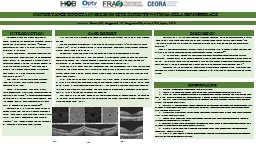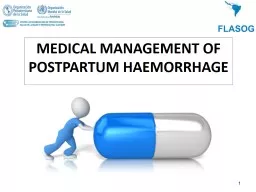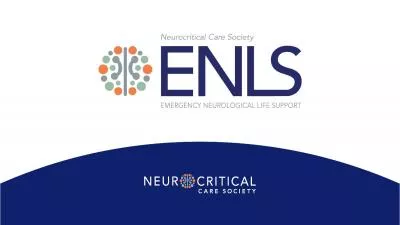PPT-Postpartum Hemorrhage Case Study
Author : luanne-stotts | Published Date : 2017-05-24
Providence Clinical Academy Obstetrics Curriculum Knowledge Check JoAnn a 25yearold G1P0 is induced with prolonged oxytocin at term for mild preeclampsia Her admission
Presentation Embed Code
Download Presentation
Download Presentation The PPT/PDF document "Postpartum Hemorrhage Case Study" is the property of its rightful owner. Permission is granted to download and print the materials on this website for personal, non-commercial use only, and to display it on your personal computer provided you do not modify the materials and that you retain all copyright notices contained in the materials. By downloading content from our website, you accept the terms of this agreement.
Postpartum Hemorrhage Case Study: Transcript
Download Rules Of Document
"Postpartum Hemorrhage Case Study"The content belongs to its owner. You may download and print it for personal use, without modification, and keep all copyright notices. By downloading, you agree to these terms.
Related Documents

